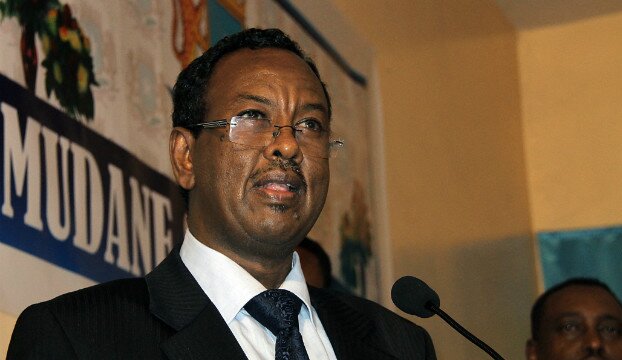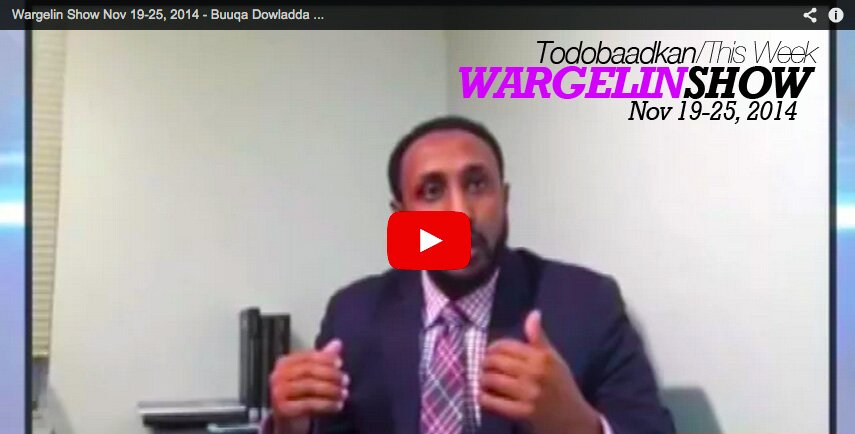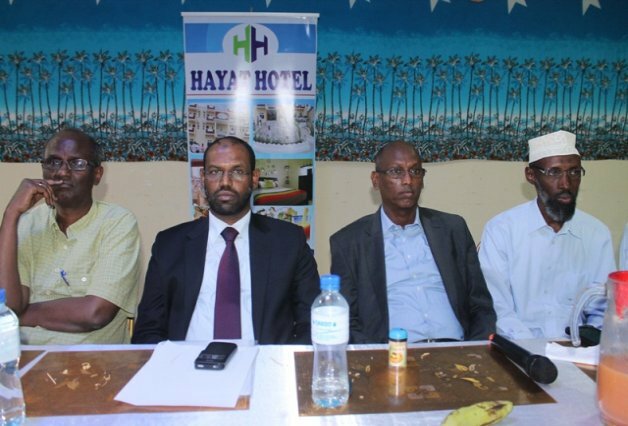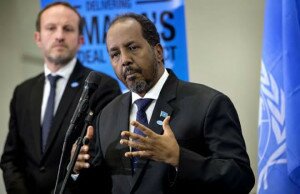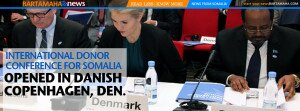World Bank adding billions in lending capacity to aid the poor
WASHINGTON — The World Bank said Tuesday that it is doubling its potential lending to so-called middle-income countries like China, India, and Brazil, adding about $100 billion in new financing capacity over the next decade.
That will bolster resources available to fast-growing developing countries where most of the world’s poor live.
The bank said it would increase its annual lending to middle-income countries to as much as $28 billion, up from $15 billion. Over the next decade, the lending capacity for those countries through its International Bank for Reconstruction and Development will total about $300 billion.
“If we are going to help developing countries end extreme poverty and boost shared prosperity, we have to provide them with more financial resources, more solutions-based knowledge, and help leverage more private-sector investment,” Dr. Jim Yong Kim, the American physician who leads the bank, said in a call with reporters.
The bank intends to increase its lending without asking its members for new funds. It will stretch existing dollars, it said, by increasing borrowing limits for individual countries, changing certain internal lending rules, raising fees, and offering loans with longer maturities.
The change follows an increase in the bank’s fund for the poorest countries. Last year, the World Bank’s members pledged an additional $52 billion to that fund, the International Development Association, which works in places like Afghanistan and Haiti.
The bank is going through its biggest restructuring in two decades, an effort to achieve a goal of eradicating extreme poverty by 2030.
Part of the restructuring involves creating 14 “global practice” groups of experts on topics like energy, agriculture, and finance. The groups are intended to break down barriers so an expert on malaria eradication in sub-Saharan Africa could better share expertise with colleagues in Asia, for example.
The bank anticipates naming the group leaders in days, Kim said. He also said the bank was working on eliminating about $400 million in unnecessary spending.
“Looking for savings was part of a very fundamental integrity exercise that I think all large institutions should go through,” Kim said. “We have identified all the areas where we know that we can make reductions without hurting the quality of our business.”
Most of the world’s very poor — the 1.2 billion people surviving on less than $1.25 a day — live not in the poorest countries like Somalia, but in places like India and Nigeria.
Those nations’ strong growth rates and expanding consumer classes have made them attractive to foreign financiers and reduced their reliance on institutions like the World Bank. The increase in the bank’s lending capacity might help keep the institution relevant to them.
“Even the largest middle-income countries — China, India, Brazil — continue to want to do business with us,” Kim said.
The countries sought out the World Bank because of “the way that we provide knowledge — and not just textbooks or data, but solutions,” he said.
NYTIMES
Comments
comments
 Calendar
Calendar





